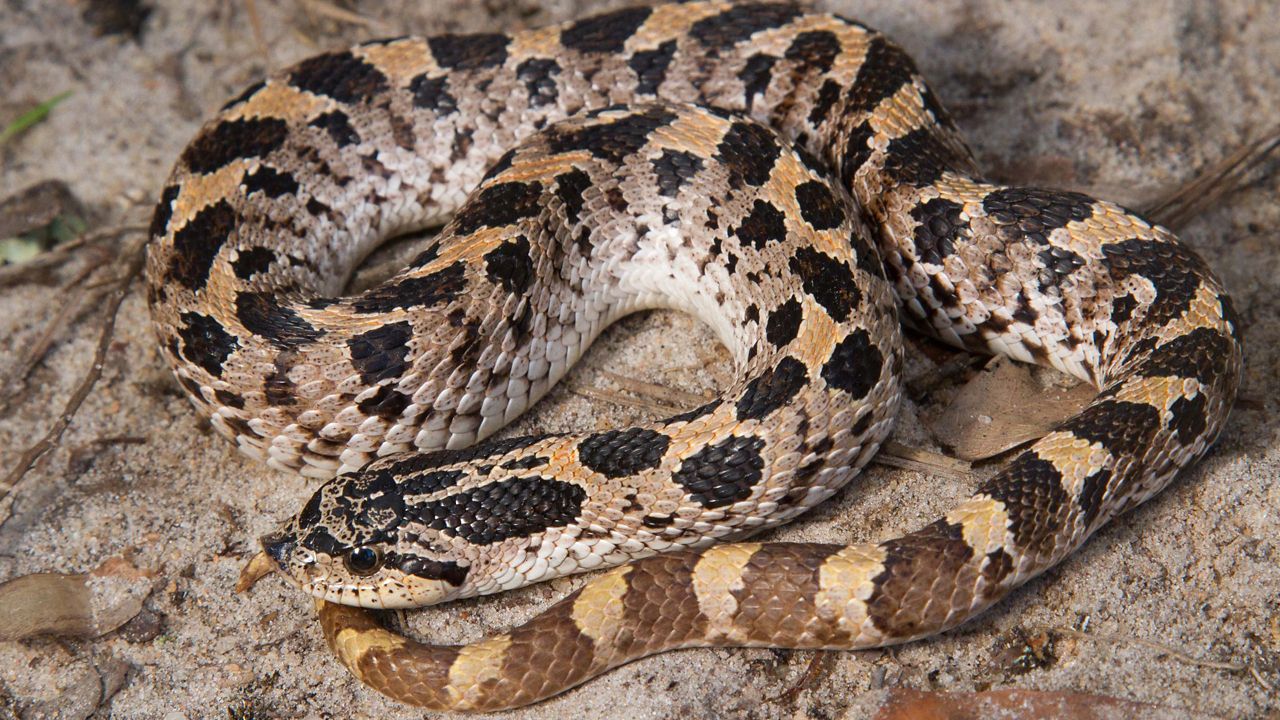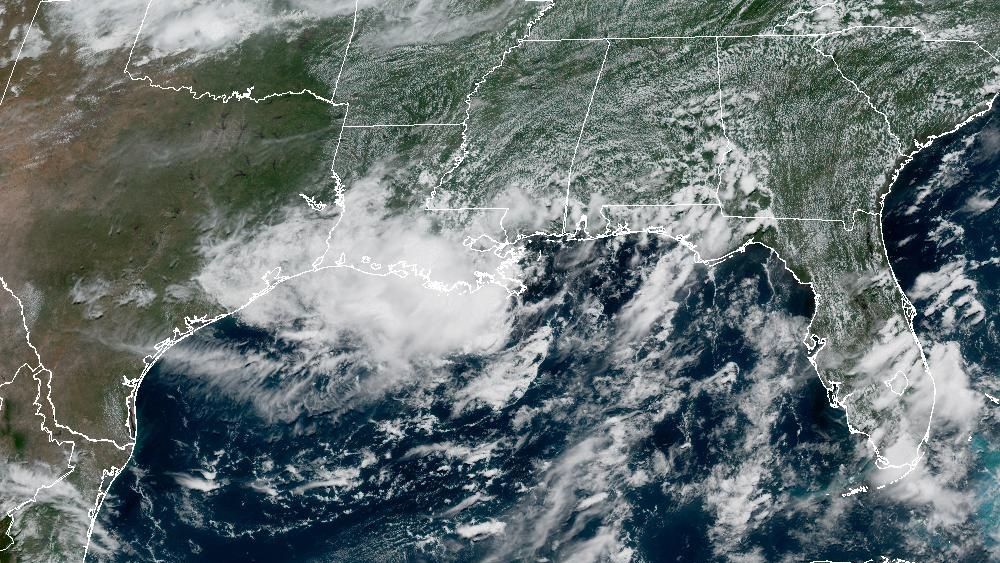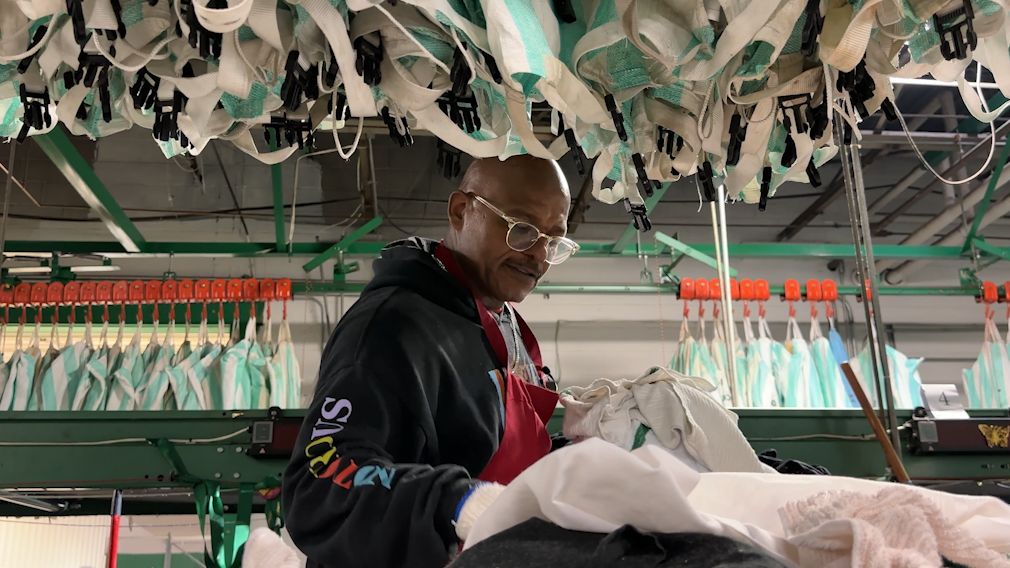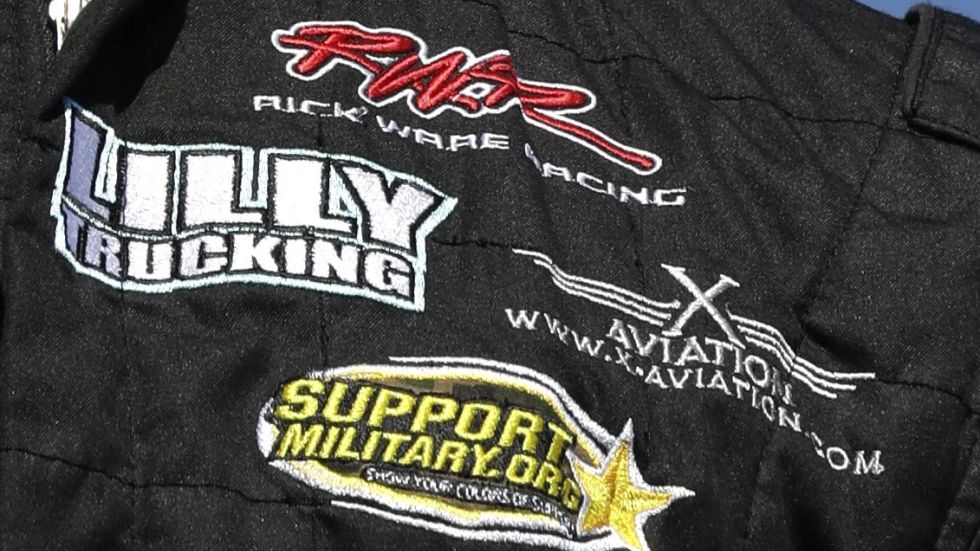The southern hognose snake is a fairly small snake, growing to only about 2 feet long. They have a heavy gray, tan or reddish body with dark splotches. The characteristic feature is an upturned nose, giving them the name “hognose.”
The southern hognose snake, Heterodon simus, ranges from central North Carolina, south through most of Florida. But they are increasingly rare, according to the University of Georgia’s Savannah River Ecology Laboratory. The southern hognose is not dangerous to humans.
The U.S. Fish and Wildlife Service reviewed the southern hognose for listing under the Endangered Species Act, but decided not to in 2019. Now, the Center for Biological Diversity is suing the federal agency over that decision, hoping to get the rare snake protected under federal law.
“The southern hognose snake is in desperate need of protection to avoid extinction,” said Chelsea Stewart-Fusek, with the Center for Biological Diversity.“The southern hognose snake is in desperate need of protection to avoid extinction,” said Chelsea Stewart-Fusek, with the Center for Biological Diversity. “The Trump administration ignored the science when it decided not to protect these snakes. The Service has to correct its errors if this unique species is ever going to recover.”
Southern hognose snakes live in longleaf pine forests, once a wide ecosystem that covered almost the entire Southeast and Gulf Coast regions.
“By the 21st century, 97% of longleaf pine forests had been lost to forest clearing and fire suppression,” according to the center. “Threats like urban expansion, sea-level rise, and the invasive and deadly red imported fire ant are expected to cause significant southern hognose snake declines in the future.”
“Southern hognose snakes have developed some really neat adaptations to survive, like digging burrows,” said Stewart-Fusek. “They’re harmless to humans, and when threatened by a predator they freeze in place or play dead. But sadly the impressive adaptations that helped these little snakes survive for millions of years are no match for the human-caused threats they face today.”
The Center for Biological Diversity said the Fish and Wildlife Service did not follow the best science and did not consider all the factors threatening the snake species.
When the Fish and Wildlife Service rejected adding the snake to the Endagered Species Act list in 2019, the agency said the population may be declining, but the numbers were still healthy.
"The Service has concluded that the southern hognose snake is not in danger of extinction or likely to become endangered in the foreseeable future,” the agency said when it rejected adding the snake to the endangered species list.
“Although the Service recognizes the southern hognose snake range has become more restricted, populations are still found across much of the historical range, to include protected lands,” the agency said.
The Center for Biological Diversity sued the Fish and Wildlife Service Thursday in federal court in Washington D.C. The Center wants the court to order the Fish and Wildlife Service to reconsider its decision on the southern hognose snake.









